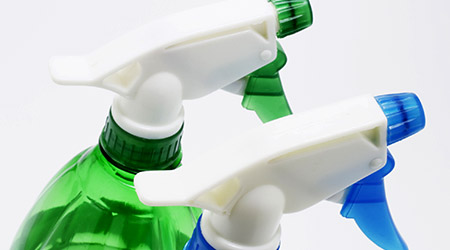Sanitization vs disinfection
According to the Environmental Protection Agency EPA, sanitizing, and Disinfection remain one of the prescribed guidelines against COVID infection. It has become an inarguable norm that cleaning and washing the hands is the primary measure of keeping clean and staying safe, but a larger number of times, individuals are always worried about the best they can sanitize and disinfect their surfaces to achieve maximum shield against germs and clean surfaces. Having good knowledge on how to Sanitize, disinfect your surfaces as well as cleaning them serves as notable routes that ensure health safety as well as personal hygiene. EPA mandates that in the process of cleaning surfaces and killing germs, the use of antimicrobial pesticides should be encouraged. Cleaning and disinfecting is key to a clean environment.
What are Antimicrobial Pesticides?
Antimicrobial Pesticides disease-preventing health products which are made from organic/chemical substances which disinfects surfaces with the essence of killing a wide range of germs and also flush out dirt during cleaning. Sanitizers and Disinfectants are considered as antimicrobial Pesticides because they inhibit the growth of viruses, bacteria, fungi organisms on an available surface.
What are the types of Antimicrobial Products?
There are basically two types of Antimicrobial Products. Public Health Products and Non-Public Health Products
Non-Public Health Products are types of Antimicrobial cleaning materials that inhibit the growth of organisms that are necessarily not harmful to human health. These products reduce the social effect which these microorganisms might pose to the society. These microorganisms may include; Odor-Causing Bacteria, General Bacteria, and algae. Public Health Products are used to kill germs, control the spread of microorganisms that can pose harmful threats to human life. They are also used in cleaning but this time around with the intent of a risk-free, virus-free environment. Sporicides, Disinfectants, Germicides, Sanitizers, are classified as public health products.
Before a product is licensed as a public health product, it is subjected to a series of EPA tests to confirm its efficacy. Irrespective of EPA’s regulation on Covid-19 health items, sanitizers are usually not included in the registered list by the association. EPA list N contains only disinfecting wipes, with the exclusion of sanitizers, medicated soaps, and antiseptic washes.
The exclusion of hand sanitizer from the EPA rights reserved list doesn’t mean they are not effective in disinfecting , cleaning, or, the fight against Covid-19, but this is because sanitizers are covered under the regulation of the Food and Drug Administration FDA. As much as cleaning, sanitizing and disinfecting are effective ways to tackle a good number of germs, its usage should be highly guarded.
What is Sanitizing and disinfecting?
- Sanitizing is the process of using a hand sanitizer to clean, dust, or wash surfaces, objects, or hands, for the purpose of sterilizing and keeping them on a safe level according to health standards and regulations.
- Disinfecting is the act of using chemical agents; disinfectant, to reduce or possibly kill all harmful germs available on the space it is applied to. A disinfectant is not restricted to killing harmful germs, but also reduces the concentration of germs on a surface and prevents possible spread through these surfaces.
What is the difference between Sterilization and Disinfection?
A wide range of confusion usually clouds the definition of these health procedures. Although both involve the kill off germs, their extent and preference to elimination differentiate them. Disinfection entails the killing or reduction of only harmful germs available on a surface, and environment while Sterilization entails killing and inhibiting the growth of ‘all’ microorganisms available. Both processes are for decontamination but Disinfection comprises reducing the level of concentration of harmful microorganisms accumulating in a space till they are down to a minimal low-level. Sterilization sees a total wipe out of all microorganisms. These include Odor-Causing Bacteria. However, Disinfection does not necessarily kill the spores of the microorganisms and when the microorganism proves stubborn, it tries as much as possible to reduce the concentration level. Sterilization works hard in killing all ‘dare-devil’ spores, producing a 100% germ-free sterile environment. Both decontamination products have different interactions on the human body. A disinfectant is always harmful when ingested into the body but eating items can be sterilized for maximum health safety.
What is the difference between Sanitizing and Disinfecting?
Sanitizing embodies the reduction of germs available on the surface while Disinfecting entirely kills them. Although sanitizers could reduce the scale of bacteria on surfaces by 99.9%, and Disinfectants entirely kill them, sanitizers have been known to work faster on germs. Medical reports indicate that sanitizers can take faster rates of 10mins to entirely inhibit the growth of germs. This is lesser than it could take to disinfect an entire space. Major disinfectant products are constructed with hydrogen peroxide making it easier to disinfect a surface by heavily attacking the cell component of the germ. Health comparisons on Sanitizers and disinfectants should not be majorly based on the exclusion from EPA and inclusion in the FDA, but on their efficacy on germs. Although upgrades have been made on the efficacy of sanitizers by replacing chlorine-based Sanitizers with Ethyl alcohol sanitizers. This is to increase the likelihood of killing germs. Using de-contaminants doesn’t negate the use of soap and water but creates chances for alternative solutions.
What is the difference between cleaning and sanitizing? Cleaning and Disinfecting
Cleaning is the first stage of decontamination as it entails scrubbing off the dust, debris, food litters, oil spills from not-so-clean surfaces using materials suitable for the service. Sanitizing entails the use of health Products to reduce the level of pathogens, germs, microorganisms present on a surface to achieve a safe and healthy environment. Cleaning and Disinfecting surfaces and objects ensures you are fully understanding the difference between cleaning and cleaning good. Keep your family safe and healthy during these times. Remember disinfecting and sanitizing are key to a clean and safe environment. Sanitizing lowers the number of germs on surfaces or objects. Disinfecting doesn’t necessarily clean dirty surfaces, but it does kill germs which is the main goal.

